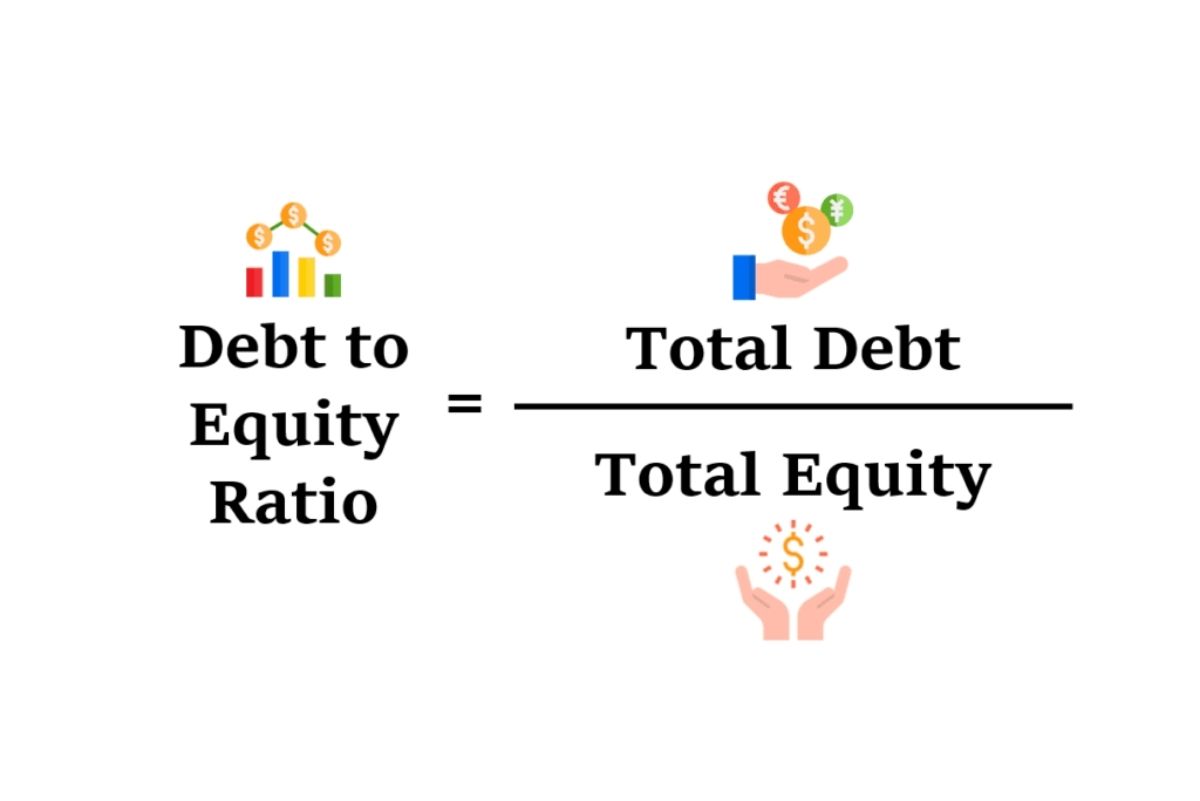We’ve included everything from why and how to budget, to free financial model templates, to record keeping, to taxes and more … We like to call it the ultimate guide to startup accounting. For example, analyzing your customer and vendor data can reveal valuable trends and patterns. These insights, gleaned from your financial records, can inform strategic decisions that drive growth and improve efficiency. Your balance sheet is a snapshot of your company’s assets, liabilities, and equity at a specific point in time. This information is crucial for securing loans, attracting investors, and understanding your overall financial position. You’re building a business, not just tracking numbers, and your financial reports are the roadmap to success.
Getting funding
At Knowcraft, Syed manages overall operations for clients engaged in M&A advisory services. He provides technical support in investment banking projects and financial reporting valuation. If you do your own accounting, make sure you understand the core principles of financial management, bookkeeping, taxes, and other basics. Doing your own accounting is a time commitment, and it requires regular tracking and updating to keep up with your finances. Once your business grows past a certain level, it’ll probably mean bringing in a professional.
But you owe them the subscription, so Deferred Revenue gets added to your balance sheet as a liability. The offset to this on your balance sheet is cash – so you’ll have more cash flow than your income statement would “predict.” Not a bad problem to have… Watch our deferred revenue video here. Budgeting, modeling, burn rate, cash out dates, and other critical information are an essential part of running your startup. And while it’s pretty easy to download and complete a free financial model, you also need to What is partnership accounting make sure that information is interpreted correctly. Beyond just creating budgets, your accountant can help you with forecasting, analyzing key performance indicators (KPIs), and developing a financing strategy.
Accounting Prose is a new breed.
Businesses that evade paying taxes or skirt the rules may face penalties and interest charges. For example, if you’re not paying your employees’ payroll taxes, you could be charged with tax fraud. By following the IRS’s tax filing rules and regulations, you can avoid these kinds of problems. This means not only how long they have been a practicing accountant but also the volume of their work and how close it is to your business. Ensuring you are fully covered in the event of a costly misfortune will ensure you don’t end up taking a hit to your business that you can’t recover from.
Enter all transactions into your bookkeeping software or Excel spreadsheet
Our pricing structure is really simple and extremely fair…it has to be, as we focus on startups and growing companies. Because we are more of a long-term finance partner (which is what you want) compared to a short term “outsourced” bookkeeping firm, all of our engagements are custom. Full strategic support, from cash flow to fundraising to scenario planning and more.
An independent contractor is technically a business entity rather than an employee. In theory, an independent contractor is someone who is in control of the conditions of their employment and is paid for the product of their services that are produced independently. First, there are many other taxes—such as payroll tax, property tax, sales tax, and excise tax—to worry about.
This allows us to implement scalable solutions that drive efficiency and fuel your growth. Whether you choose to outsource to an accounting firm like Profit Line or handle it in-house, maintaining accurate financial records is non-negotiable for a startup. Regularly updating financial records is crucial for startups as it provides a real-time view of the company’s accounting health in the US. Reviewing accounts payable and receivable status helps in managing cash flow effectively.
Do startups use GAAP?
This is especially important for eCommerce startups who have transactions on a multitude of channels. An ERP is a great way to centralize the data coming in from different online marketplaces. Again, the impetus for these funding rounds differs for every business. The common thread among all funding rounds is that the business needs money to reach its next stage of growth. An accountant can help you prepare your books to put your best foot forward for investors.
Industry specific CFOs & startup accountants that help you scale
We can provide whatever services and accounting software your technology company needs to improve profitability, all performed in a timely manner by a friendly Haynie & Company team member. While you can manage many bookkeeping tasks yourself, consulting with an accounting professional early on can be invaluable. An experienced accountant can offer guidance on choosing the right business structure, selecting appropriate accounting methods, and developing effective tax strategies.
- This involves managing invoices, creating financial statements, and understanding your cash flow.
- So if you think that our services can give you a boost in your business journey too, get in touch with us and we’ll help you do that.
- One of the most important steps you need to take to set up your accounting system is to make sure that your files and documents are organized.
- Our team loves working with startup companies, not only that, but Kruze cares more!
- This complexity can lead to inaccuracies and inefficiencies in financial reporting.
It’s wise to hire a person or invest in a system to help manage the accounting in your business. FreshBooks can help with resources for small businesses and free trials of software. It can be overwhelming, but learning the basics and deciding how to tackle your financial records early is essential.
Analyzing your income statement can help you identify areas to cut costs and improve profitability. Think of your financial records as a historical account of your business’s financial activity. They’re not just for you—they’re for the IRS, potential investors, and anyone else who needs to understand your financial position. Your bookkeeping routine should incorporate daily, weekly, and monthly tasks.


